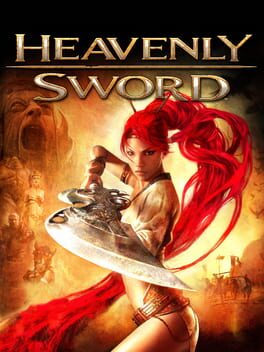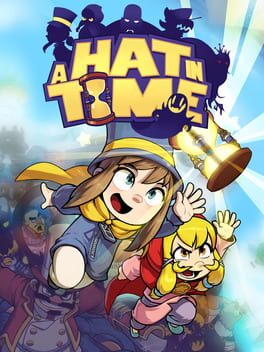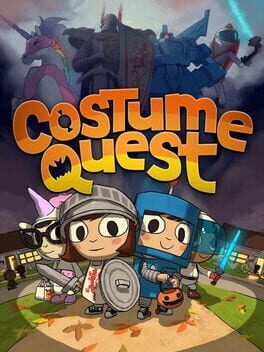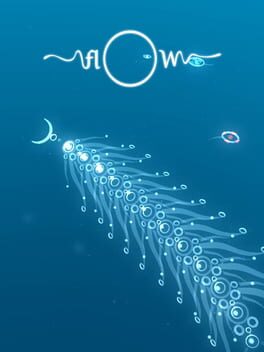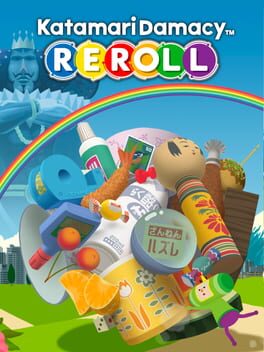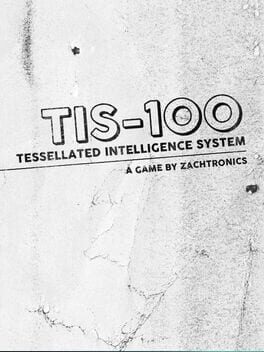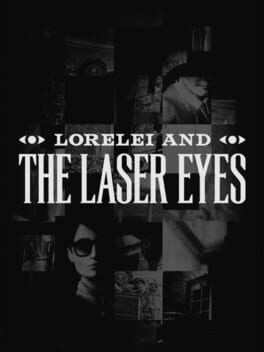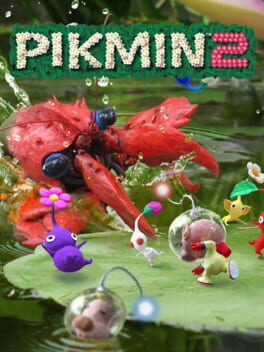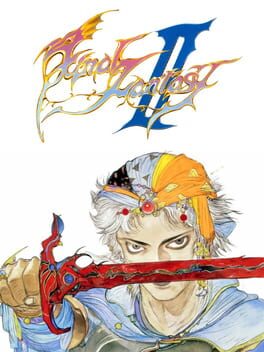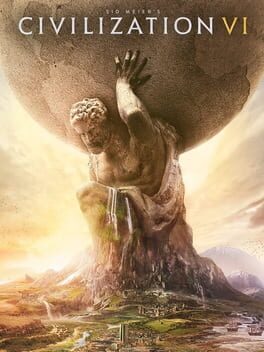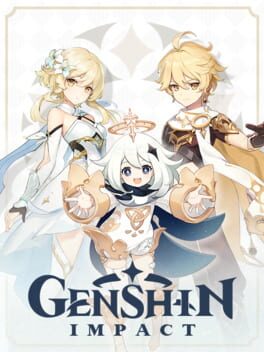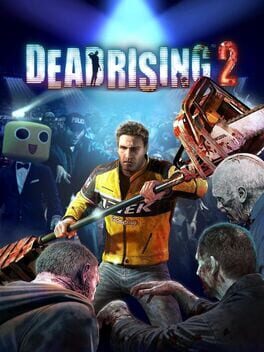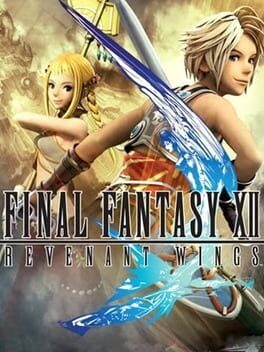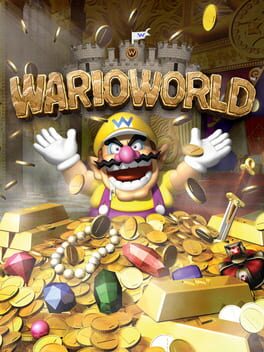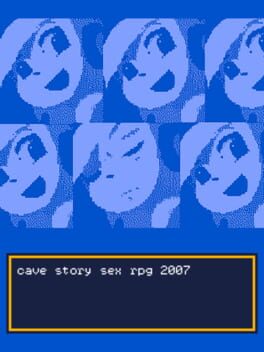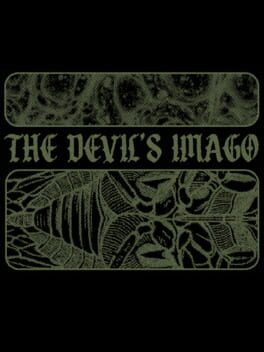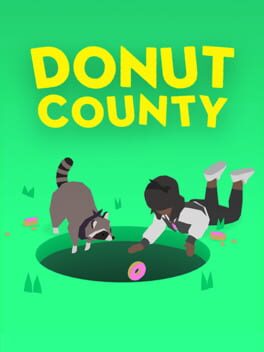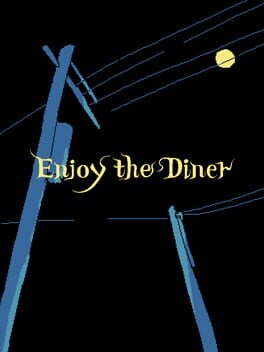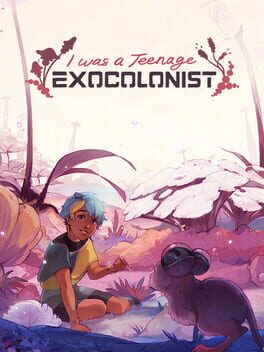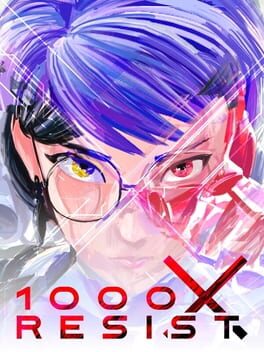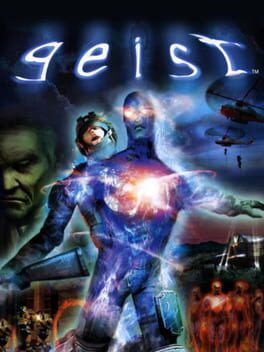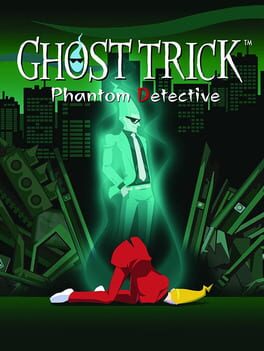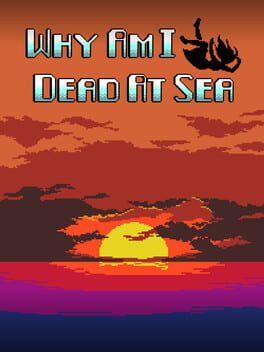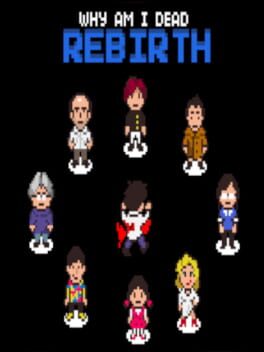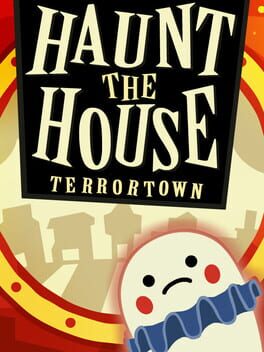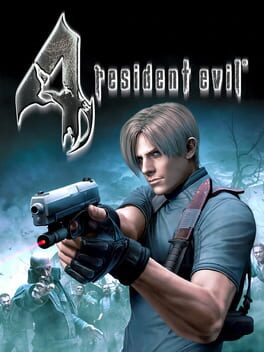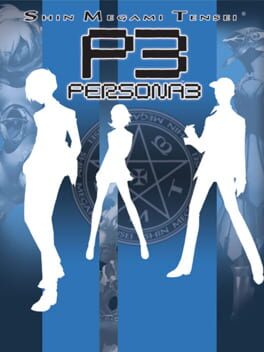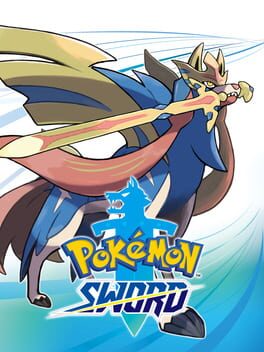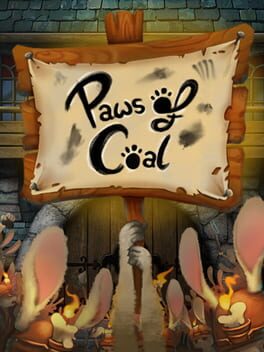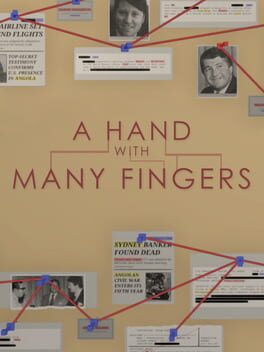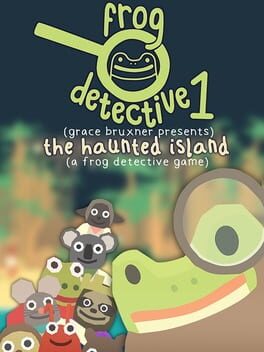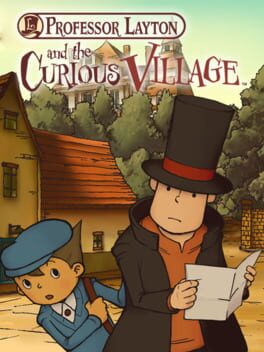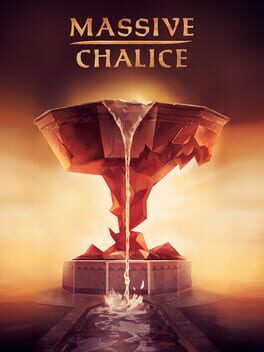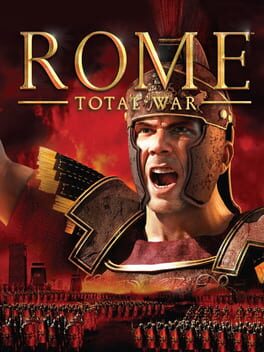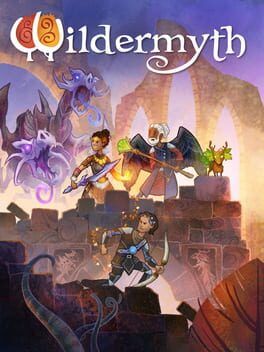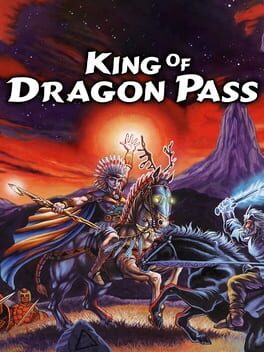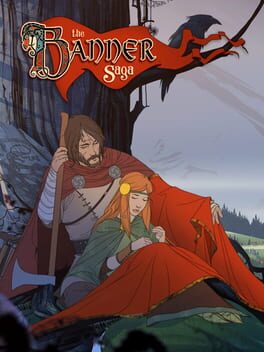Lucca202
BACKER
566 reviews liked by Lucca202
Heavenly Sword
2007
Heavenly Sword é engraçado por muitos motivos, mas principalmente tentar reinventar diversas rodas, mas a única coisa que consegue é possuir os quatros pneus furados do mesmo carro
Tendo diversos conceitos de gameplay muito bem estabelecidos o jogo usa o analógico direito como esquiva, controla (não totalmente) a câmera pelos botões L2 e R2, o combate desengonçado, e fora muitos maneirismos que viriam se tornar padrão dentro da sétima geração, Heavenly Sword poderia ser um daqueles jogos super corajoso de uma dev de renome, mas tropeça em suas ambições e a única coisa que conseguiu tirar de mim é frustração e boas risadas pela narrativa se levar a serio e ser engraçada de forma não proposital, é basicamente o The Office dos games.
A conversa em torno desse jogo é de boa parte das pessoas o massacrando por ser horroroso e outra parte o enaltecendo como uma pedra esquecida do PS3, e bem isso vale para qualquer coisa do mundo, apenas os grandes nomes sobrevivem o tempo para contar a historia, Heavenly Sword é uma pedra no caminho, ele é um dos jogos que serviu para pavimentar o caminho e com certeza seria esquecido, e nisso eu to torcendo para eu esquece-lo assim que eu publicar isso.
No mais, é uma jornada interessante, tem seus pontos altos, e me fez perceber que a geração do PS3 possui muitos jogos de ação, esse foi o meu primeiro, e eu já estou de saco cheio.
Tendo diversos conceitos de gameplay muito bem estabelecidos o jogo usa o analógico direito como esquiva, controla (não totalmente) a câmera pelos botões L2 e R2, o combate desengonçado, e fora muitos maneirismos que viriam se tornar padrão dentro da sétima geração, Heavenly Sword poderia ser um daqueles jogos super corajoso de uma dev de renome, mas tropeça em suas ambições e a única coisa que conseguiu tirar de mim é frustração e boas risadas pela narrativa se levar a serio e ser engraçada de forma não proposital, é basicamente o The Office dos games.
A conversa em torno desse jogo é de boa parte das pessoas o massacrando por ser horroroso e outra parte o enaltecendo como uma pedra esquecida do PS3, e bem isso vale para qualquer coisa do mundo, apenas os grandes nomes sobrevivem o tempo para contar a historia, Heavenly Sword é uma pedra no caminho, ele é um dos jogos que serviu para pavimentar o caminho e com certeza seria esquecido, e nisso eu to torcendo para eu esquece-lo assim que eu publicar isso.
No mais, é uma jornada interessante, tem seus pontos altos, e me fez perceber que a geração do PS3 possui muitos jogos de ação, esse foi o meu primeiro, e eu já estou de saco cheio.
A Hat in Time
2017
Really great platforming and levels, with absolutely adorable art. Also that ghost queen is genuinely terrifying. Lots of customization and collectables to keep you busy.
Also just ignore the "seal the deal" DLC, it's just not fun. Oh and the online multiplayer is janky because most things are client side, not worth playing.
Also just ignore the "seal the deal" DLC, it's just not fun. Oh and the online multiplayer is janky because most things are client side, not worth playing.
Resident Evil 4
2023
the original re4 is awesome. re4 on the wii? even better. this version? an incredible way to experience a masterpiece in our modern age. similar to the dead space remake, it feels like they really put a lot of thought into making it feel like how you remember the original game, through a series of very smart improvements and tweaks. the cinematics are gorgeous, and i would give my life for ashley in a heartbeat. it's just a rip-roarin' good time start to finish. can't recommend it highly enough. re4 is no sacred cow of mine, as much as i loved it and played it over and over again as a teenager. but also you should go play the original too, this remake is its own beautiful thing
Costume Quest
2010
flOw
2006
Shame that the music is so beautiful because for something called "flow" it does everything in its power not to do so. I just wanted something to help me relax in between blocks of my Bloodborne replay but this annoyed me more than anything in that game. It's a game that doesn't innately push goals on the player and yet punishes them for not quite being the "alpha organism" that the developers want you to be. Funny seeing many video game critics/reviewers toutedthis as some "art piece" upon release in 2006. Y'all were starving. Anyways, death to motion controls beyond the Wii.
Someone call Soma Cruz, his title of drip queen is in contest!
Before learning of this game, I had never heard of Record of Lodoss War - trust me, I wouldn't forget a name like that - and I don't seem to be alone in that. And it's probably a series I would never have interest in at all if not for this. I hear "Metroidvania" and see a game that's more on the "vania" side, and I'm all in baby. Games like Aria of Sorrow, Portrait of Ruin, and now this game are partially so fun to me cause I just get so addicted to the basic combat. I don't really use subweapons in these kinds of games much, I just love doing quick jump and slashing at my enemies repeatedly, or just swatting them away like flies when I'm strong enough. This game gives me all of that while also doing something unthinkable: the ability to attack in eight directions. Holy. Shit. Unlocking a whole new world with that concept.
Really though, the gimmick here is switching between two attack styles, one based on air and one based on fire. Some enemies are defensive against one, if not outright immune, so you'll have to switch to be able to even hit some enemies; conversely, some attacks you will be immune to depending on your current element (typically it's color coded). Attacking with fire gives charges up your air element, and vice versa up to three levels, the third level will heal you over time, but getting hit will drop your level - it's sort of Cave Story-esque in that regard, but less forgiving. Mixing all of these factors together, and Deedlit in Wonder Labyrinth is a lot more about on-the-fly strategy changes. Going vanguard can let you clear a room quickly, but if you get hit even once or get overwhelmed with enemies, you'll probably have to instantly change strategy and play defensively, switching to your other element and allowing yourself to heal, or utilizing your bow and magic attacks. That's how I played at least. Although, outside of bosses, you'll rarely be pushed into a corner, from my experience. Like games of its ilk, you get pretty strong pretty fast, and I didn't find myself in dire straits until the final area of the game which is pretty brutal with its enemies, but in a really fun way. I felt I had really learned game game by that point and was forced to use that knowledge, instead of just whacking enemies with my weapon like usual.
Then there are the bosses. Admittedly, they didn't take me more than three tries (outside of the final boss), but I still felt like I was being pushed to the limit with these things. Pretty early on, I came to realize that these bosses were not something I could brute force through, instead, it became a game of avoidance. You have a lot less health in this game compared to other games like it, so every hit I would take I would feel that I needed to change how I played, often letting my fully charged element heal me while spamming arrows. Honestly, I came to realize later on that this was a fairly exploitable strategy, yet I never felt I was safe or in the clear. I'm not really the best at avoiding damage in games like this, and I would still often get hit by attacks I'd seen a dozen times already. It was so fun to figure out how the bosses worked, though, and employ new strategies on the fly. One thing I did to challenge myself more was to not buy any items from the shop. I would only use weapons I found in the map (which honestly I kinda doubt you need better than those, they're pretty damn strong), I wouldn't buy items to help me in battle, and I never got healing items. Well, I did one, and I only used it the once. Slight spoilers, but there's a boss rush at the end of the game, and I was on the second to last boss in it, and knew I wouldn't make it, so I used my only potion and made it through on my first try which was really satisfying.
My biggest complain about the gameplay would probably be the imbalance of how useful the elements are. Air allows you to float which lets you attack enemies while hovering in the air indefinitely and also has platforming implications. The fire element... has nothing. Nothing but the immunity to fire. I guess you can also light some things on fire, but I think they forgot about that because that literally only happens one single time from my memory, right after you get the ability. I think they just wanting to have a switching mechanic for gameplay purposes, but only had the idea for boons for one of them. Well, there is one leg up that fire has, and it's why it was my main element, that being the slide. Sliding with fire makes you completely invulnerable during the slide, and it's also the fastest way to get around. You'd actually think the air slide would have this cause, uh, wind, but I guess they wanted to throw fire a bone. There's one area of the game that uses lava which the fire element is immune to, and obviously that's where it shines, but it's weird that it's only the one place, right?
Moving on from the gameplay, I want to mention that this game is beautiful, both on the eyes and ears. This is probably my new favorite look for a Metroidvania that I've played. Honestly, I'm not really good at describing graphics, so I won't bore you with my words on it, but basically it's just very pretty. This might sound weird, but when I think of how this game looks, I think of vanilla pudding. A very odd association, but I suppose that sums up that I quite like how it looks.
And then, man, the soundtrack fucks. I've been listening to it as I write this review and every single song slaps. The song I linked probably isn't even my favorite, I just like the funny sound that sounds like a chainsaw being teleported into funky zone. I don't really listen to video game music by itself a whole lot, but this might be an all-timer for me.
If there's anything this game is lacking in, though, I think it's the story. I feel that might be a controversial statement, but I just didn't get a whole lot out of it. I think what's happening in the story is pretty obvious from the beginning - hell, the name of the game alone I felt was a dead giveaway - and they just kind of drag it out until they can't hide the truth anymore. It's an emotional ending, but I don't know... I don't know these characters, having not watched or read anything in Record of Lodoss War. The only thing I know about these characters are what the game tells me, and it doesn't tell you much. I think fans of the series will really love this, but for me it just didn't do it. But that's fine, I wasn't really anticipating on being blown away by the spin-off game of a series I didn't know existed before playing it.
To end this off, I want to mention a small gameplay spoiler from the beginning of the game. I recommend you skip this part if you haven't played the game yourself because I think it's really cool. This is otherwise the end of the review... uh, thanks for reading.
Early on in the game, you'll come across this room. It's not a very special room. A cutscene happens in it, but otherwise it's just a connector room, not much to it. But during the cutscene, I couldn't help but notice that the base of the pillar in the middle looks like a QR code. Now, maybe it's glaringly obvious that this is what it was and I'm not special, but I thought "this is not the kind of game to have a QR code, I doubt that's what it is," but I took the scanner up to it, and sure enough, it's a goddamn QR code. It says to stand on the floor below it and it'll break (paraphrasing). I was so shocked. This was the first time in a long time where I out loud said "no fucking way" to a game. To be clear, to my knowledge there is no other meta puzzle in this game. Not some kind of code, no other QR codes, no community puzzle, nothing like that, this is it. And this really isn't a puzzle game so nowhere in my mind would I think that there's a QR code puzzle somewhere in this game, but here it was. So then I stood on that ground for a solid minute and said "ok, I guess you gotta stand for a long time but I guess I'll look it up so I know how long" and... turns out you don't stand on it, but you actually jump on it 50 or more times. Idk why they used that phrasing, but still, I felt so happy that I noticed that, I don't think that's the kind of thing I notice too often.
Balan has really poisoned my mind, cause I keep thinking of this game in my head as "Deedlit in Wonderworld".
Before learning of this game, I had never heard of Record of Lodoss War - trust me, I wouldn't forget a name like that - and I don't seem to be alone in that. And it's probably a series I would never have interest in at all if not for this. I hear "Metroidvania" and see a game that's more on the "vania" side, and I'm all in baby. Games like Aria of Sorrow, Portrait of Ruin, and now this game are partially so fun to me cause I just get so addicted to the basic combat. I don't really use subweapons in these kinds of games much, I just love doing quick jump and slashing at my enemies repeatedly, or just swatting them away like flies when I'm strong enough. This game gives me all of that while also doing something unthinkable: the ability to attack in eight directions. Holy. Shit. Unlocking a whole new world with that concept.
Really though, the gimmick here is switching between two attack styles, one based on air and one based on fire. Some enemies are defensive against one, if not outright immune, so you'll have to switch to be able to even hit some enemies; conversely, some attacks you will be immune to depending on your current element (typically it's color coded). Attacking with fire gives charges up your air element, and vice versa up to three levels, the third level will heal you over time, but getting hit will drop your level - it's sort of Cave Story-esque in that regard, but less forgiving. Mixing all of these factors together, and Deedlit in Wonder Labyrinth is a lot more about on-the-fly strategy changes. Going vanguard can let you clear a room quickly, but if you get hit even once or get overwhelmed with enemies, you'll probably have to instantly change strategy and play defensively, switching to your other element and allowing yourself to heal, or utilizing your bow and magic attacks. That's how I played at least. Although, outside of bosses, you'll rarely be pushed into a corner, from my experience. Like games of its ilk, you get pretty strong pretty fast, and I didn't find myself in dire straits until the final area of the game which is pretty brutal with its enemies, but in a really fun way. I felt I had really learned game game by that point and was forced to use that knowledge, instead of just whacking enemies with my weapon like usual.
Then there are the bosses. Admittedly, they didn't take me more than three tries (outside of the final boss), but I still felt like I was being pushed to the limit with these things. Pretty early on, I came to realize that these bosses were not something I could brute force through, instead, it became a game of avoidance. You have a lot less health in this game compared to other games like it, so every hit I would take I would feel that I needed to change how I played, often letting my fully charged element heal me while spamming arrows. Honestly, I came to realize later on that this was a fairly exploitable strategy, yet I never felt I was safe or in the clear. I'm not really the best at avoiding damage in games like this, and I would still often get hit by attacks I'd seen a dozen times already. It was so fun to figure out how the bosses worked, though, and employ new strategies on the fly. One thing I did to challenge myself more was to not buy any items from the shop. I would only use weapons I found in the map (which honestly I kinda doubt you need better than those, they're pretty damn strong), I wouldn't buy items to help me in battle, and I never got healing items. Well, I did one, and I only used it the once. Slight spoilers, but there's a boss rush at the end of the game, and I was on the second to last boss in it, and knew I wouldn't make it, so I used my only potion and made it through on my first try which was really satisfying.
My biggest complain about the gameplay would probably be the imbalance of how useful the elements are. Air allows you to float which lets you attack enemies while hovering in the air indefinitely and also has platforming implications. The fire element... has nothing. Nothing but the immunity to fire. I guess you can also light some things on fire, but I think they forgot about that because that literally only happens one single time from my memory, right after you get the ability. I think they just wanting to have a switching mechanic for gameplay purposes, but only had the idea for boons for one of them. Well, there is one leg up that fire has, and it's why it was my main element, that being the slide. Sliding with fire makes you completely invulnerable during the slide, and it's also the fastest way to get around. You'd actually think the air slide would have this cause, uh, wind, but I guess they wanted to throw fire a bone. There's one area of the game that uses lava which the fire element is immune to, and obviously that's where it shines, but it's weird that it's only the one place, right?
Moving on from the gameplay, I want to mention that this game is beautiful, both on the eyes and ears. This is probably my new favorite look for a Metroidvania that I've played. Honestly, I'm not really good at describing graphics, so I won't bore you with my words on it, but basically it's just very pretty. This might sound weird, but when I think of how this game looks, I think of vanilla pudding. A very odd association, but I suppose that sums up that I quite like how it looks.
And then, man, the soundtrack fucks. I've been listening to it as I write this review and every single song slaps. The song I linked probably isn't even my favorite, I just like the funny sound that sounds like a chainsaw being teleported into funky zone. I don't really listen to video game music by itself a whole lot, but this might be an all-timer for me.
If there's anything this game is lacking in, though, I think it's the story. I feel that might be a controversial statement, but I just didn't get a whole lot out of it. I think what's happening in the story is pretty obvious from the beginning - hell, the name of the game alone I felt was a dead giveaway - and they just kind of drag it out until they can't hide the truth anymore. It's an emotional ending, but I don't know... I don't know these characters, having not watched or read anything in Record of Lodoss War. The only thing I know about these characters are what the game tells me, and it doesn't tell you much. I think fans of the series will really love this, but for me it just didn't do it. But that's fine, I wasn't really anticipating on being blown away by the spin-off game of a series I didn't know existed before playing it.
To end this off, I want to mention a small gameplay spoiler from the beginning of the game. I recommend you skip this part if you haven't played the game yourself because I think it's really cool. This is otherwise the end of the review... uh, thanks for reading.
Early on in the game, you'll come across this room. It's not a very special room. A cutscene happens in it, but otherwise it's just a connector room, not much to it. But during the cutscene, I couldn't help but notice that the base of the pillar in the middle looks like a QR code. Now, maybe it's glaringly obvious that this is what it was and I'm not special, but I thought "this is not the kind of game to have a QR code, I doubt that's what it is," but I took the scanner up to it, and sure enough, it's a goddamn QR code. It says to stand on the floor below it and it'll break (paraphrasing). I was so shocked. This was the first time in a long time where I out loud said "no fucking way" to a game. To be clear, to my knowledge there is no other meta puzzle in this game. Not some kind of code, no other QR codes, no community puzzle, nothing like that, this is it. And this really isn't a puzzle game so nowhere in my mind would I think that there's a QR code puzzle somewhere in this game, but here it was. So then I stood on that ground for a solid minute and said "ok, I guess you gotta stand for a long time but I guess I'll look it up so I know how long" and... turns out you don't stand on it, but you actually jump on it 50 or more times. Idk why they used that phrasing, but still, I felt so happy that I noticed that, I don't think that's the kind of thing I notice too often.
Balan has really poisoned my mind, cause I keep thinking of this game in my head as "Deedlit in Wonderworld".
Vampire Survivors
2022
It's incredible to have witnessed the birth of a new sub-genre in gaming as the result of an experimental, no-budget, indie release. Words almost don't do justice the significance this game has had, once again reminded us as players and consumers that indie games are what drive the ecosystem and market forward, and that we must always be vigilant for(and even more importantly, open to try) obscure games that may cross our paths.
There's no way around it, this is a must play, as in, you must at least try this game. The gameplay is as simple as possible yet it hits some primal nerves that make it ring the dopamine bells inside you.
There's no way around it, this is a must play, as in, you must at least try this game. The gameplay is as simple as possible yet it hits some primal nerves that make it ring the dopamine bells inside you.
TIS-100
2015
As a programmer and engineer, this is a hard review to write.
This game is the closest I've come to doing work for fun. It puts a twist and turn on programming(assembly programming, reviled as the worst kind by most of the world) that isn't seen anywhere in the real world, yet still employs much of the concepts and basics of assembly. This results in a highly unique and stylized experience unlike anything real not like any other game(that I've experienced or heard of, at least).
As such, this is a truly remarkable little jaunt. I imagine it would be fairly hard for anyone with truly zero programming experience to jump into, yet, I also feel like anyone with real programming experience puts themselves at a deficit due to approaches and habits that are antithetical to what's required to beat the levels.
I love this game. It's not for everyone, in fact, I'd say this game likely has an incredibly small target audience. If you know any programming, I think you should try this. It may seem like a drag to do work for fun, but I think it transcends nicely. If you don't know any code but love puzzles or riddles, you should also try this. I think it provides a wonderful and unique spatial and temporal thinking challenge,
This game is the closest I've come to doing work for fun. It puts a twist and turn on programming(assembly programming, reviled as the worst kind by most of the world) that isn't seen anywhere in the real world, yet still employs much of the concepts and basics of assembly. This results in a highly unique and stylized experience unlike anything real not like any other game(that I've experienced or heard of, at least).
As such, this is a truly remarkable little jaunt. I imagine it would be fairly hard for anyone with truly zero programming experience to jump into, yet, I also feel like anyone with real programming experience puts themselves at a deficit due to approaches and habits that are antithetical to what's required to beat the levels.
I love this game. It's not for everyone, in fact, I'd say this game likely has an incredibly small target audience. If you know any programming, I think you should try this. It may seem like a drag to do work for fun, but I think it transcends nicely. If you don't know any code but love puzzles or riddles, you should also try this. I think it provides a wonderful and unique spatial and temporal thinking challenge,
A Simogo é provavelmente um dos melhores times de criação de jogos da história. Lorelei and the Laser Eyes não só traz um mistério intrigante e que te consome, mas também puzzles cheios de detalhes e complexidade, uma atmosfera perfeita e muito mais segredos do que eu poderia imaginar.
Se você gosta de escape rooms ou dessa atmosfera de mistério levemente macabro, esse jogo é obrigatório.
Gamble to pass, or perish.
Se você gosta de escape rooms ou dessa atmosfera de mistério levemente macabro, esse jogo é obrigatório.
Gamble to pass, or perish.
